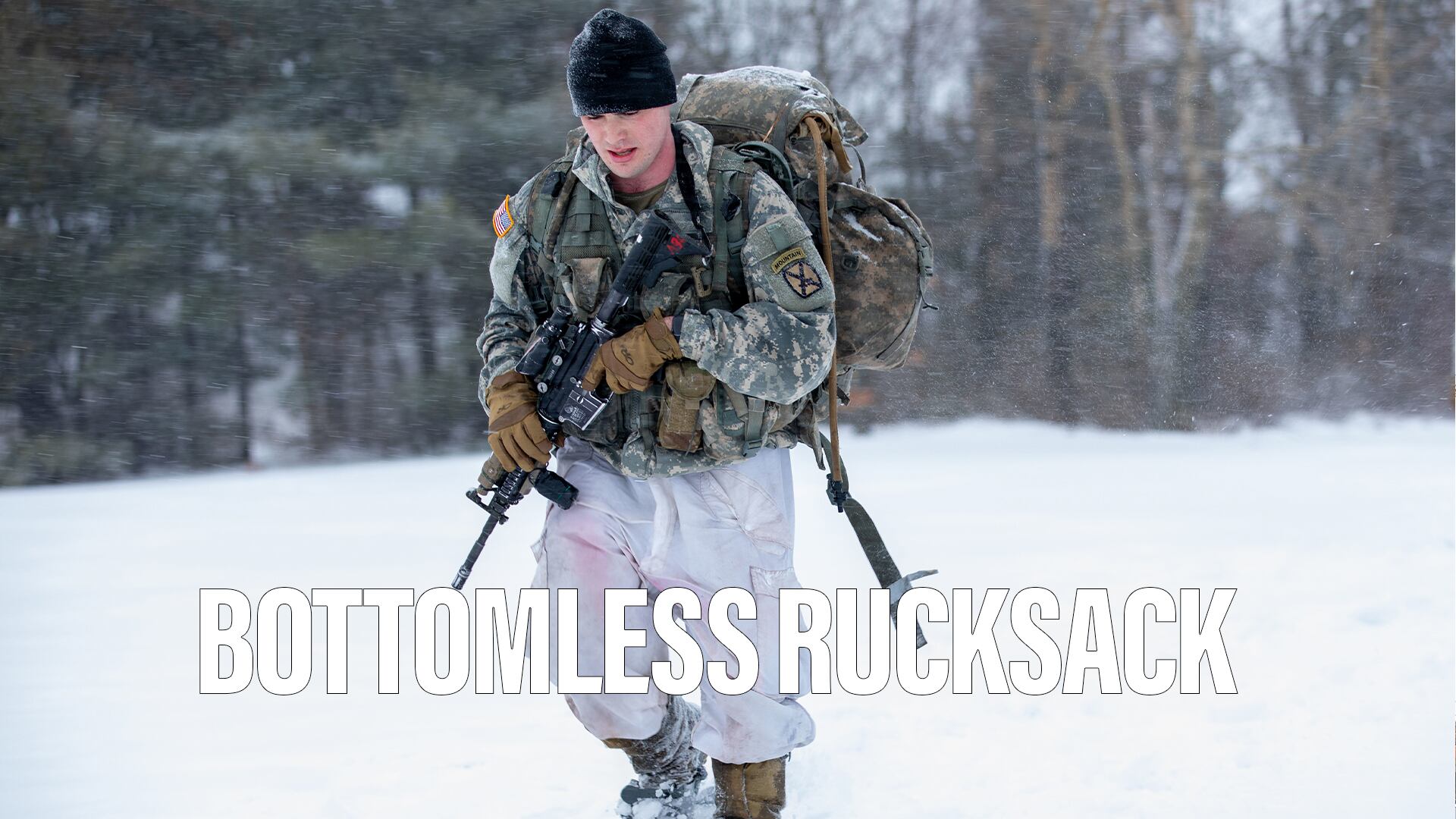WASHINGTON — Boeing scooped up a $2.1 billion contract for 15 more KC-46A tankers late Jan. 27, bringing the total order for production aircraft up to 34 planes.
The order modifies an existing contract for 19 low-rate production aircraft — originally awarded in August 2016 — and adds 15 KC-46 aircraft, two spare engines and five wing refueling pod kits.
"This award is great news for the joint Boeing-Air Force team and reinforces the need for this highly efficient and capable tanker aircraft," said Mike Gibbons, Boeing KC-46A tanker vice president and program manager. "Our Boeing industry team is hard at work building and testing KC-46 aircraft, and we look forward to first delivery."
The order represents the third low-rate initial production (LRIP) lot of the KC-46, which was approved for production last summer. The US Air Force plans to purchase at least 179 of the aircraft, with the first deliveries scheduled for later this year. Boeing hopes to deliver the first 18 aircraft by January 2018.
The KC-46 program has undergone a number of technical problems and delays, and under the fixed-price contract, Boeing is responsible for any expenses exceeding the $4.9 billion overall value. This has left the company responsible for more than $2 billion in charges, including an additional $201 million post-tax penalty disclosed this week during a 2016 fourth quarter earnings call.
However, Boeing CEO Dennis Muilenburg expressed confidence that, as the KC-46A program moved from development to production, its major problems were in the rearview mirror. On Wednesday, he explained that the $201 million charge was caused by longer-than-expected completion times on implementing wiring changes to the aircraft, not by a new design or performance issue.
So far, Boeing has built four test aircraft — two commercial 767-2C configured planes and two KC-46A tankers — as well as one production jet at its facility in Everett, Washington. Together, the planes have flown about 1,500 hours.
Valerie Insinna is Defense News' air warfare reporter. She previously worked the Navy/congressional beats for Defense Daily, which followed almost three years as a staff writer for National Defense Magazine. Prior to that, she worked as an editorial assistant for the Tokyo Shimbun’s Washington bureau.








